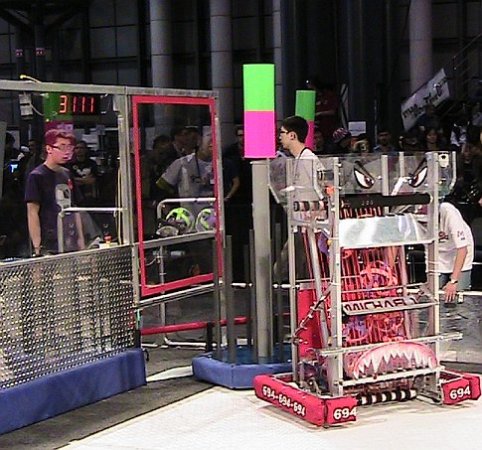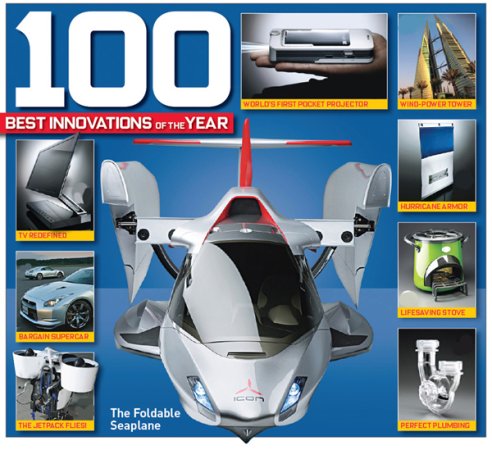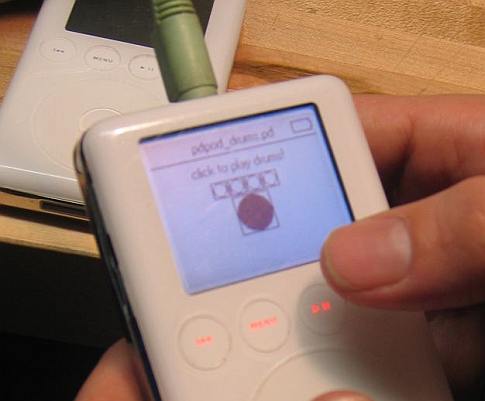

It’s the ultimate geek fantasy: a metal-and-plastic woman of your own, brought alive by technology (the geek’s own stock-in-trade), who somehow becomes hopelessly devoted to you. In both science and science fiction, the creation of female robots has tended to revolve around a housekeeper-whore dichotomy: the fembot is either a docile domestic helper, or a sexually uncontrolled, well, sex machine. Historically, she has simultaneously embodied men’s deep desire for idealized domestic companionship and their fears of being destroyed by unbridled female sexuality.
Later, in the seminal 1985 “A Cyborg Manifesto,” the fembot was co-opted by the feminist scientist Donna Haraway, who memorably declared, “I’d rather be a cyborg than a goddess.” Without the constraints of organic life, the female robot is not shackled to the tyranny of the reproductive cycle; she becomes a metaphor for female power, paradoxically more potent because it is barren. It’s no coincidence that “fembot” has recently become a widespread epithet for hard-core feminists.
Either way, from Pygmalion to Bride of Frankenstein, fembots (and fembots run amok) have been part of our imagination for hundreds of years. Inspired by Julie Wosk’s recent lecture and new book (in which many of the gallery’s images can be found), Alluring Androids, Robot Women, and Electronic Eves (not to mention the original “Fembot Mystique“) I decided to take a look at a few of the most memorable and what they tell us about ourselves.
Please click here to launch the gallery.


























